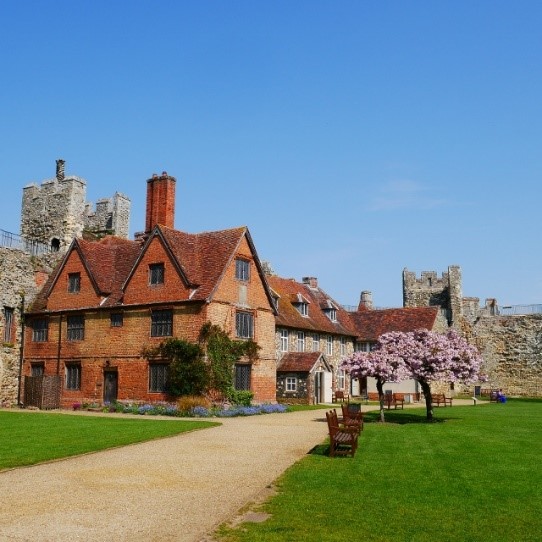Framlingham Castle
A stunning fortress in delightful countryside
Chapter 5 : Pembroke College
In 1603, on the accession of James VI of Scotland to the throne of England, Framlingham was returned to the Howards, but it was no longer suitable for an aristocratic (and broke) family of the early seventeenth century, whose life was centred on the court.
In 1635 the castle and its outlying lands were sold to Sir Richard Hitcham for £14,000. Hitcham, who had worked his way up from being a farmer’s son, to being an MP and Serjeant-at-law to James VI & I, was a philanthropist. Childless himself, he willed Framlingham to Pembroke College, Cambridge, his alma mater.
The College was obliged under the terms of the bequest, to remove all of the internal structures and found a poorhouse for the benefit of the inhabitants of the town: twelve of the poorest and ‘ most decrepit’ were to be looked after and 30 or so children to be schooled and then apprenticed.
The poorhouse went through various financial difficulties, but was eventually reconstituted by the parish in 1729, lasting until 1839.
During the Napoleonic wars, the castle once again began the centre of military operations, with men mustering there, and stores of matériel being housed. There was little change during the Victorian era – the grounds were used for town business and pleasure.
In 1913, Framlingham was given by Pembroke College to the Ministry of Works, the predecessor of English Heritage, however its days as a military base were not entirely over. During World War II, Nissan huts and lorry stores were set up in the meadows, and the distinctive outline of the castle was used by bomber missions to navigate.
In 1984, English Heritage undertook the management of Framlingham.







